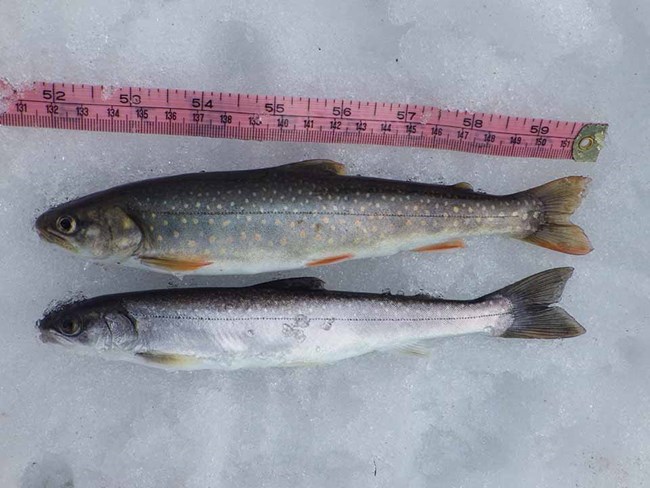Last updated: September 17, 2020
Article
Freshwater Predator-Prey Phenology

Predator-prey migration phenologies remain synchronized in a warming catchment
Abstract
Animal migrations often evolve to exploit seasonal variation in foraging opportunities. Many migrants move among discrete habitats using environmental cues to time their arrivals with seasonal peaks in food abundance. This type of migratory behaviour has been hypothesized to be particularly vulnerable to climate change, which can generate asynchrony between the seasonal timing (phenology) of animal movements and periods of resource abundance in destination habitats. While many studies have documented climate-induced mismatches between migrants and the lower trophic levels they target, virtually none have explored the consequences of altered migration phenology on the higher trophic levels that migrants often subsidise. We explored the roles of climatic variation and prey migrations in driving the seasonal migrations of predators. We show that in a warming catchment where prey migrations have changed substantially over the last four decades, migrations of Dolly Varden (Salvelinus malma; predator) remain synchronised with annually variable Pacific salmon (Oncorhynchus spp.; prey) migrations and appear to be cued directly by salmon migration rather than environmental conditions. In contrast to many previous studies, our results suggest that some wide-ranging predators may be resilient to altered prey phenology.
Sergeant, C. J., J. A. Armstrong, and E. J. Ward. 2014. Predator-prey migration phenologies remain synchronized in a warming catchment. Freshwater Biology 60:724-732.
